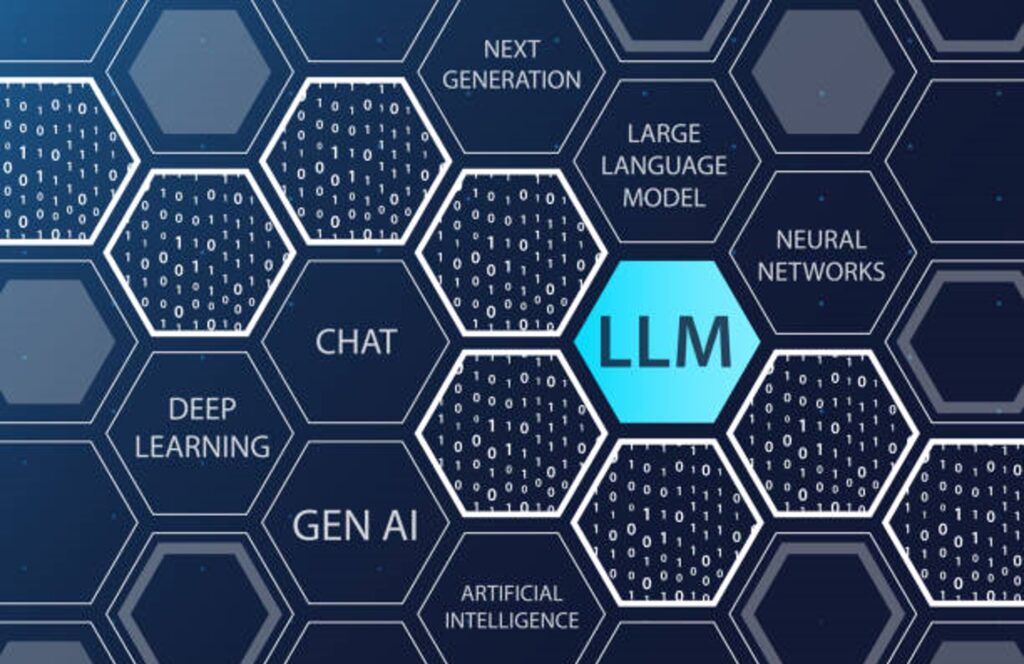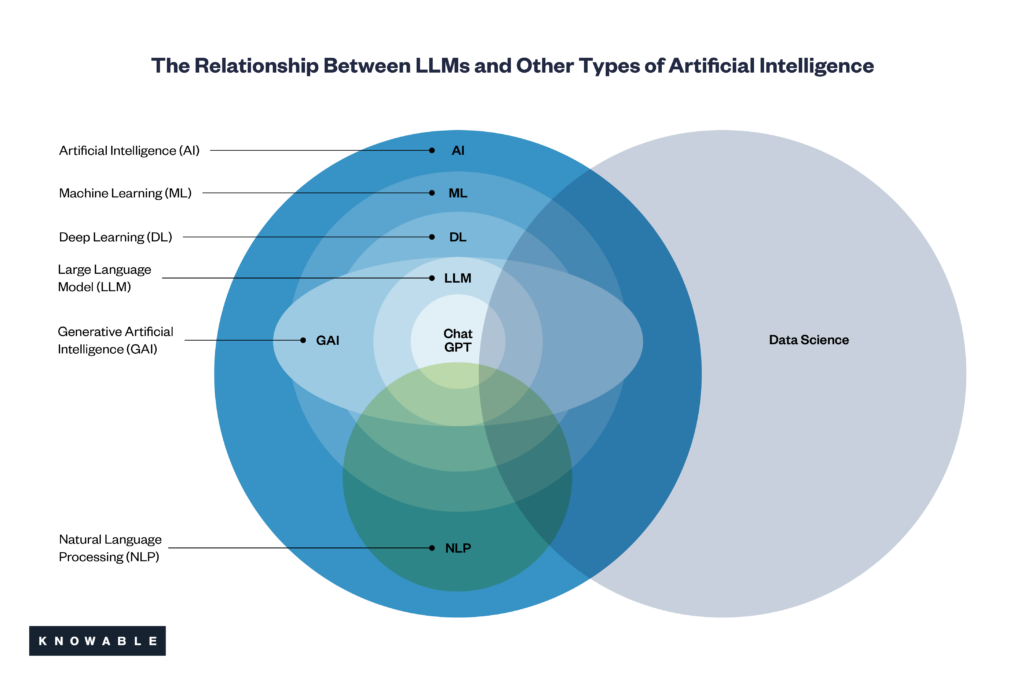
There has been a new spike in interest, if not outright exuberance, in Artificial Intelligence driven by ChatGPT and a corresponding desire to apply Large Language Models (LLMs) to a range of situations—a solution for everything! We share this enthusiasm so far that we believe that LLMs will help support a variety of legal use cases, and we are actively researching and piloting their capabilities. However, as with prior advancements in the field, such as deep learning and the proliferation of BERT, we’ve found that it’s important to contextualize these advancements in terms of what they can actually help do and what they likely won’t be able to do (or do well).
And for what we do at Knowable—turning large volumes of executed contracts into highly accurate structured data and analytics at scale— we find this particularly important. Doing so will help inform both when data science is well-suited to solving these problems and how to use it to do so.
To help legal professionals look past the hype and truly understand what is on the horizon for LLMs and AI, this blog series will be published in three parts:
- Part 1: What are LLMs Anyway?: A quick primer on what they are and how they differ and relate to GAI and ML
- Part 2: Practical challenges of applying LLMs and other forms of AI to contracts. [Coming Soon]
- Part 3: How to use LLMs and data science more generally to effectively solve some of the inherent complexities in executed contracts. [Coming Soon]
AI Glossary of Terms

To help you keep up with all the terms and acronyms along the way, here is how we think about some of the most commonly used AI terminology and their relationship to one another.
- Data Science: A field that often operates in conjunction with AI, focusing on the extraction, analysis, interpretation, and utilization of data to solve complex problems and make informed decisions.
- Artificial Intelligence (AI): The overarching field encompassing all aspects of creating machines or systems that can perform tasks requiring human-like intelligence.
- Machine Learning: A subset of AI involving algorithms that allow computers to learn from data and make predictions or decisions without explicitly being programmed to to so.
- Deep Learning: A subset of machine learning that uses multiple layers of algorithms (specifically neural networks) to solve complex problems.
- Generative AI (GAI): A subset of AI and machine learning that refers to AI models and techniques designed to generate new content, such as text, images, audio, etc.
- Natural Language Processing (NLP): A subset of AI often used in machine learning and deep learning that enables computers to understand, interpret, and generate human language.
- Large Language Model (LLM): A subset of machine learning that powers many Generative AI applications by leveraging patterns learned from large volumes of data.
- ChatGPT: a prolific example of Generative AI focused on creating new text content, such as human-like text responses in conversations.
- Get started with Part 1: What are LLMs Anyway?
Get Our Newsletter
Subscribe to our newsletter for the latest news and updates from Knowable.